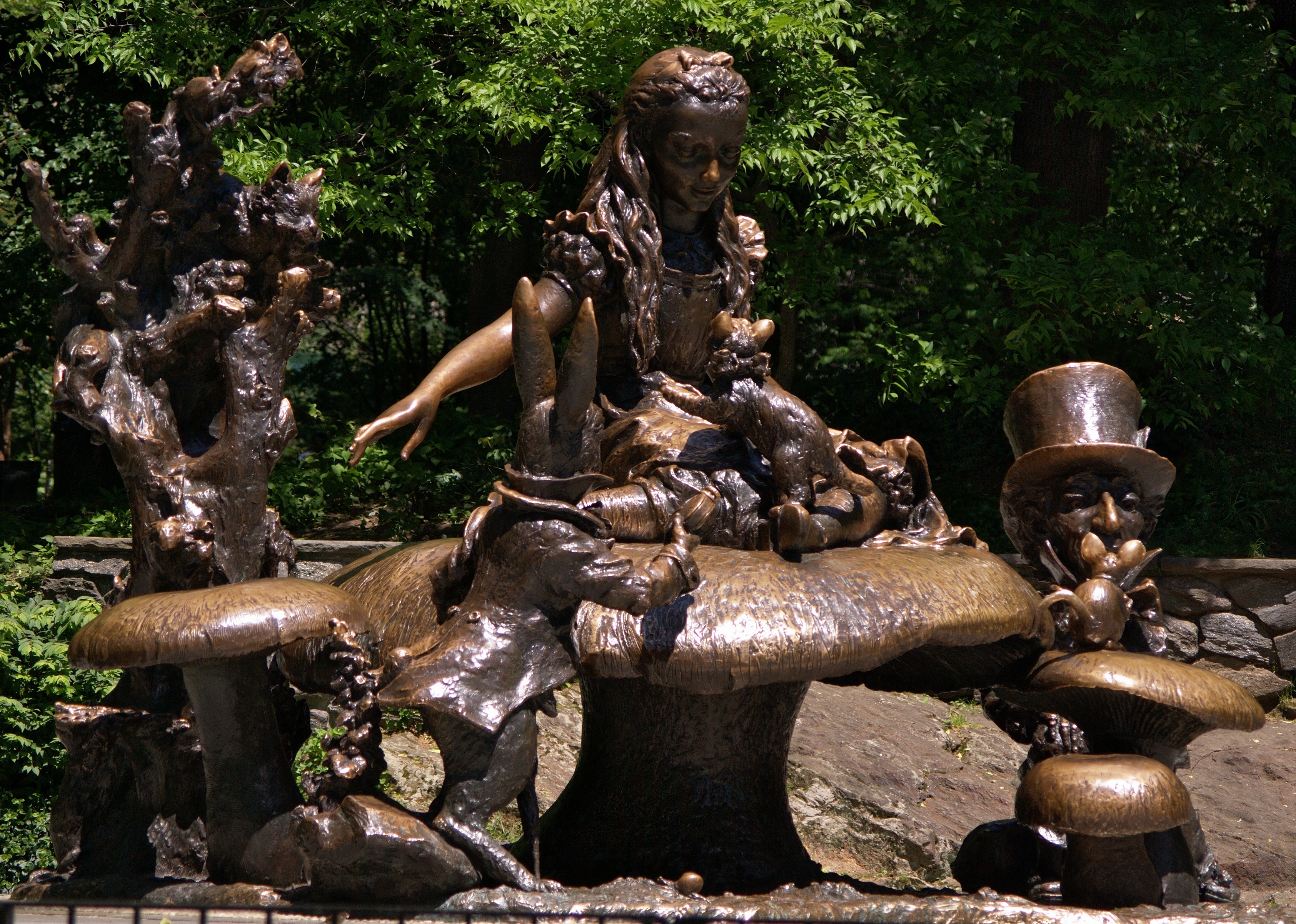 Bridget is a 30+ singleton living in London, employed in a dead-end job, drooling over her boss and unable to loose weight despite counting calories of every morsel she eats. The analyzes every move and every breath of her prospective love interests and dissects them over drinks with her three faithful friends. Will she see that Mr. Darcy, top notch barrister, is the man for her despite being too busy dwelling on his hideous Christmas sweater? To find out we'll have to read her diary.
Bridget is a 30+ singleton living in London, employed in a dead-end job, drooling over her boss and unable to loose weight despite counting calories of every morsel she eats. The analyzes every move and every breath of her prospective love interests and dissects them over drinks with her three faithful friends. Will she see that Mr. Darcy, top notch barrister, is the man for her despite being too busy dwelling on his hideous Christmas sweater? To find out we'll have to read her diary.This is an incredibly funny book, unabashedly chick-lit and I would recommend it to anyone who wants to relax, unwind and develop some laugh lines. One can't help but sympathize with and root for Bridget, who is so self-analytical that she can't see past her doubts and the pile of self-help books and is adorable despite all her little quirks. She's a total klutz and it's amazing how she's managing to live on her own and keep a job and if she succeeds it is inevitably by stumbling into it rather than working for it. Now if only she would remember that Mr. Darcy isn't a subject of one of her men-are-from-mars books but a real man, who actually loves her, just the way she is!








